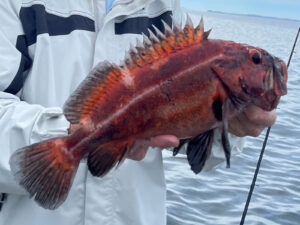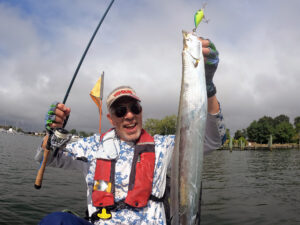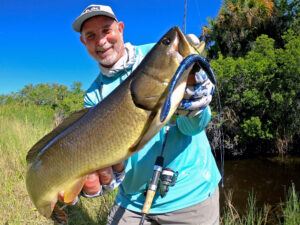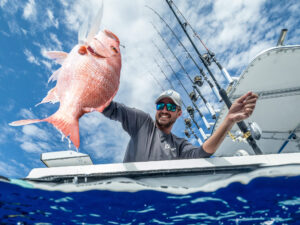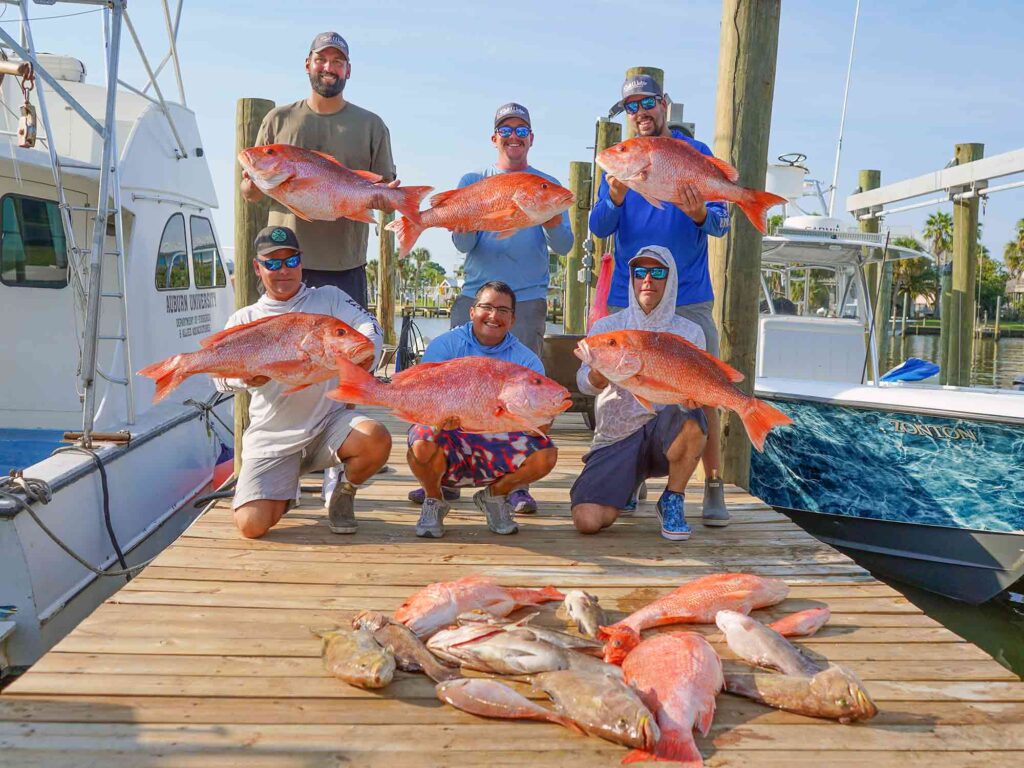
When NOAA Fisheries announced that yet another major flaw had been discovered in its recreational data collection program, called the Marine Recreational Information Program — Fishing Effort Survey (MRIP-FES), it didn’t come entirely as a shock. After all, this data system that NOAA uses to estimate recreational (rec) catch and effort on various species has been reworked three times in the last 13 years and has been labeled “fatally flawed” by the National Academies of Sciences. It is known for producing results that leave rational people scratching their heads.
The agency confessed a couple of months ago in a series of dramatic conference calls with Congress, Councils and stakeholders that its data program is overstating recreational effort by 30 to 40 percent, and the more cynical among us were somewhat expecting it. As the latest iteration of the rec data system, the MRIP-FES was driving corrections in the allocation of allowable catch to the rec sector in some prized fisheries. NOAA Fisheries is loath to reallocate fisheries under any circumstances, and being forced to correct its allocations in favor of the rec sector because of its own data system was undoubtedly a bitter pill for a commercially oriented agency to swallow.
It was somewhat startling to note, however, that the flawed data is the result of how the questions were arranged in a survey that is randomly mailed to anglers. Nothing could more clearly drive home how fragile and unreliable this system is than that.
Fixing MRIP-FES
What happens next will be years of study on the problem. NOAA is very good at studying things until most people forget about them and then circling back to business as usual. Even if the agency can “fix” MRIP-FES, it will likely insist on calibrating the new data with all the suspect historical data that came before it. That is what the agency has done after previous tweaks, but it is simply impossible to understand how this is done with any confidence. How do you calibrate a historical number that was never right in the first place with a new number you have no confidence in when it is finally rolled out?
Eventually, the recalibrated numbers — such as they are — will have to be plugged into new stock assessments, resulting in another round of corrections to allocations. In the Gulf, it will trigger another round of calibrations with data that the states are collecting on their recreational sectors. Before NOAA admitted errors with FES, calibrating between FES and Gulf state data was an extremely controversial exercise and state fisheries managers had been adamant for years that FES must be flawed based on the findings of their own data systems. Their arguments fell on deaf ears as the red snapper fisheries of Alabama and Mississippi in particular were mercilessly pared down by NOAA during the conversion of state data to FES data. In a step in the right direction, as of right now those two states are moving toward assuming recreational data collection for all federally managed species, not just red snapper. If they get there and all the Gulf states can adjust their programs to be compatible with each other, there might not be any need for calibrations with MRIP at all.
The Fishing Effort Survey Debacle
In the meantime, the FES debacle will take years to unravel and NOAA has no choice but to continue to use the flawed FES data as the best available science. Understandably, the fishery management councils are somewhat shellshocked at having to make decisions based on information known to be wrong for the foreseeable future.
While officials at the top of NOAA may truly believe the agency needs to take a hard look at how it manages the recreational sector — and some of them are saying the right things in private in the wake of the FES announcement — the bureaucratic core of the agency will no doubt wallpaper over the FES problem as quickly as possible. There will be another tweak, the questions will be rearranged, maybe the program will be renamed yet again, the surveys will go out and the rec data will magically be “right.” Until the next upheaval.
The biggest question to come out of this latest twist in federal fisheries management is why does Congress continue to put up with it? Why do coastal states continue to endure it? There are better ways to do this.
Give Power to the States
The West Coast states rejected the federal data system decades ago and collect all recreational angling data with their own systems. Every Gulf Coast state has developed recreational data programs at least for their red snapper fisheries that are much more hands-on than anything NOAA could implement. After having their concerns over FES data dismissed out of hand, the states of Alabama and Mississippi should be leading the charge to abandon the federal system once and for all. The South Atlantic states have been staring down the threat of massive bottom closures due to erroneous bycatch data based largely on FES — why would anyone in those states continue to leave their fate in the hands of an agency that has done nothing to earn their trust?
The answer, like so many things, usually comes down to funding but that is not as insurmountable as it may seem. Like many federal agencies, NOAA is receiving a huge injection of funds from the Inflation Reduction Act, some of which could be applied here. Money currently being wasted on MRIP could be redirected to the states to carry out these responsibilities. State fishery agencies are not fond of going to their legislatures and asking for funding, but the recreational angling community has never shied away from paying for its management. Particularly when the alternative has no track record of success but does have an unwavering penchant for wielding its authority like a sledgehammer.
This latest break in the federal fisheries management system offers a brief window of opportunity to get out of this repeating, dysfunctional cycle, and it is up to anglers to motivate their states agencies and elected officials to seize it. Otherwise, we will no doubt relive the same miserable experiences of the last many decades, just waiting for NOAA’s next shoe to drop.
About the Author: Ted Venker is the Vice President and Conservation Director of the Coastal Conservation Association.

